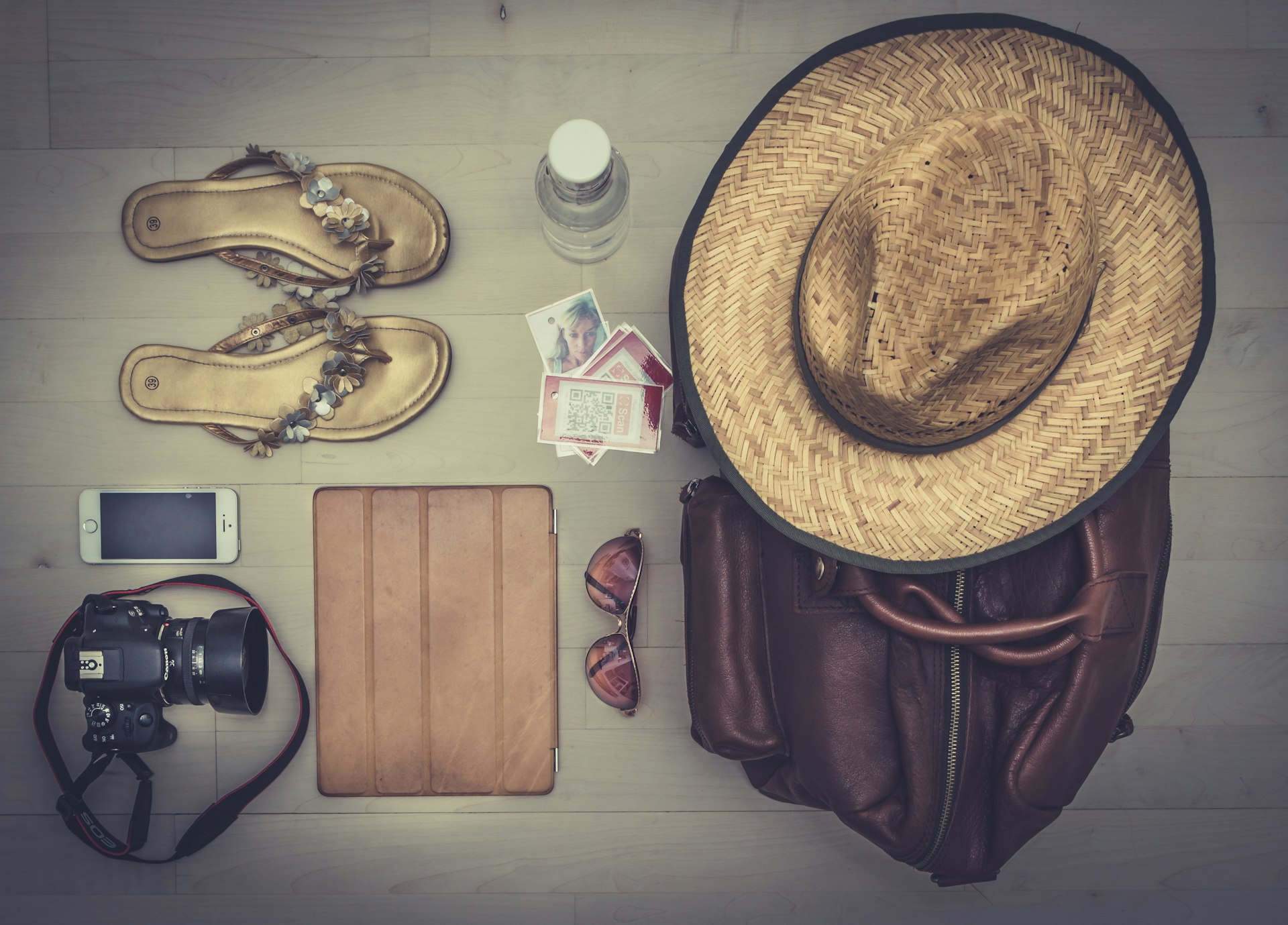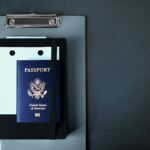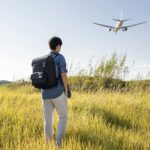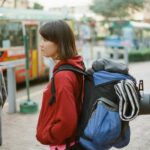Mastering Minimalist Travel: Essential Tips for Light, Stress-Free Journeys


Photo by Thomas Martinsen on Unsplash
Introduction: The Appeal of Minimalist Travel
Minimalist travel is more than just packing fewer items-it’s about embracing a lifestyle that prioritizes freedom, flexibility, and meaningful experiences over material possessions. By focusing on essentials and eliminating unnecessary burdens, travelers can move with ease, adapt to changing circumstances, and enjoy the journey with less stress and more spontaneity [4] . This article provides actionable tips, step-by-step guidance, and real-world examples to help you master the art of minimalist travel.
1. Start with the Right Mindset
Minimalist travel begins with a change in mindset. Shift your focus from ‘what if’ scenarios to ‘what do I truly need?’ Many travelers overpack out of fear of being unprepared, but this often leads to unnecessary baggage and stress. Instead, accept that you may not be able to account for every possible situation, and trust in your ability to adapt [2] .
Key takeaways:
- Embrace flexibility and resourcefulness.
- Prioritize experiences over things.
- Remember, most destinations have stores in case you truly need something you forgot.
2. Choose the Right Luggage
The foundation of minimalist travel is selecting luggage that naturally limits what you bring. A small carry-on bag or a 25-liter backpack is ideal for trips of a week or more [4] . Limiting bag size forces you to consider every item and helps you breeze through airports without waiting at baggage claim or worrying about lost luggage [3] .
Implementation steps:
- Visit a travel store to try on different bags for comfort and size.
- Choose luggage with built-in pockets for organization.
- Commit to the one-bag rule-everything must fit into your chosen bag.
Example: A traveler heading to Europe for two weeks selected a soft-sided carry-on backpack, allowing quick transitions between trains, buses, and planes.
3. Make a Detailed Packing List
Creating a packing list is a crucial step in preventing overpacking. Write down every item you think you need, then review the list to eliminate anything not essential [1] . Consider the activities you’ll actually do and the climate you’ll encounter.
Practical guidance:
- Use your phone’s notes app or a journal to list items.
- Lay out everything on your bed before packing.
- Ask yourself for each item: Will I use this more than once?
Alternative approach: Some travelers find it useful to pack only what they think is necessary, then remove 20% of the items before finalizing their bag.
4. Build a Capsule Wardrobe
A capsule wardrobe consists of a few versatile, neutral-colored clothing items that can be mixed and matched for multiple outfits [2] . Avoid packing ‘just in case’ clothes and instead focus on layering to adapt to different weather conditions [1] .
How to build your travel wardrobe:
- Select 2-3 tops, 2 bottoms, and 1-2 pairs of shoes in neutral colors.
- Choose fabrics that dry quickly and resist wrinkles.
- Plan to do laundry during longer trips rather than packing more clothes.
Example: For a summer trip across Europe, one traveler packed two dresses, two sets of leggings, a windbreaker, and a pair of walking shoes, allowing for easy layering and outfit changes [1] .

Photo by Juan Burgos on Unsplash
5. Minimize Electronics and Accessories
While it can be tempting to bring multiple devices and chargers, minimalist travel is about reducing digital clutter. Prioritize multi-purpose devices and consider going digital for tickets, maps, and books [2] .
Steps for minimizing tech:
- Bring only essential devices (e.g., smartphone, e-reader).
- Choose a universal charger or charging block.
- Store important documents digitally but keep paper backups in case of emergencies.
Challenge: Some airports or hotels may not have reliable Wi-Fi, so download necessary documents and maps ahead of time.
6. Pack for Organization and Efficiency
Organized packing not only saves space but also reduces stress when finding items. Use packing cubes or compression bags to separate clothing, toiletries, and electronics [3] .
Practical steps:
- Lay everything out before packing to take inventory.
- Roll clothing to save space and minimize wrinkles.
- Use small pouches for toiletries and cords.
Alternative: For an even lighter approach, consider using zip-top plastic bags if packing cubes are unavailable.
7. Leave Non-Essentials Behind
Adopt the philosophy that if you don’t need it, don’t pack it. Many travelers discover on the road that they could have packed even less. Rely on your ability to source forgotten items at your destination if absolutely necessary [4] .
Guidance:
- Skip items like extra shoes, bulky books, and non-essential toiletries.
- Remember, most locations have pharmacies and stores for forgotten basics.
- Practice your minimalist packing on a weekend trip before embarking on a longer journey.
Challenge: Overcoming the fear of not having ‘enough’ can be difficult. Remind yourself of the benefits: mobility, less to lose, and easier security checks.
8. Embrace Flexibility and Adaptability
Minimalist travelers are often more adaptable, enjoying their trips without being weighed down by possessions. If circumstances change, such as unexpected weather or itinerary shifts, use local resources or purchase necessary items as needed [3] .
Alternative approach:
- If you travel frequently, create a ‘go bag’ with essentials always ready to avoid overthinking each trip.
- After each journey, review what you used and adjust your packing list for next time.
9. Sustainable and Responsible Minimalist Travel
Minimalist travel also aligns with sustainable practices. Packing less reduces weight, which can lower carbon emissions on flights and other transportation. Choose reusable items (like water bottles and shopping bags) to minimize waste during your trip [4] .
Practical tips:
- Bring a compact reusable bag for shopping or laundry.
- Opt for solid toiletries to reduce plastic.
- Support local businesses by buying only what you need at your destination.
Conclusion: Minimalism as a Path to Travel Freedom
Minimalist travel is about more than packing light-it’s a mindset that prioritizes freedom, adaptability, and meaningful experience over material accumulation. By following these tips, you can reduce stress, save money, and enjoy your journey with a sense of lightness and purpose. If you’re ready to start, begin with a weekend getaway using these principles and adjust based on your experience.






